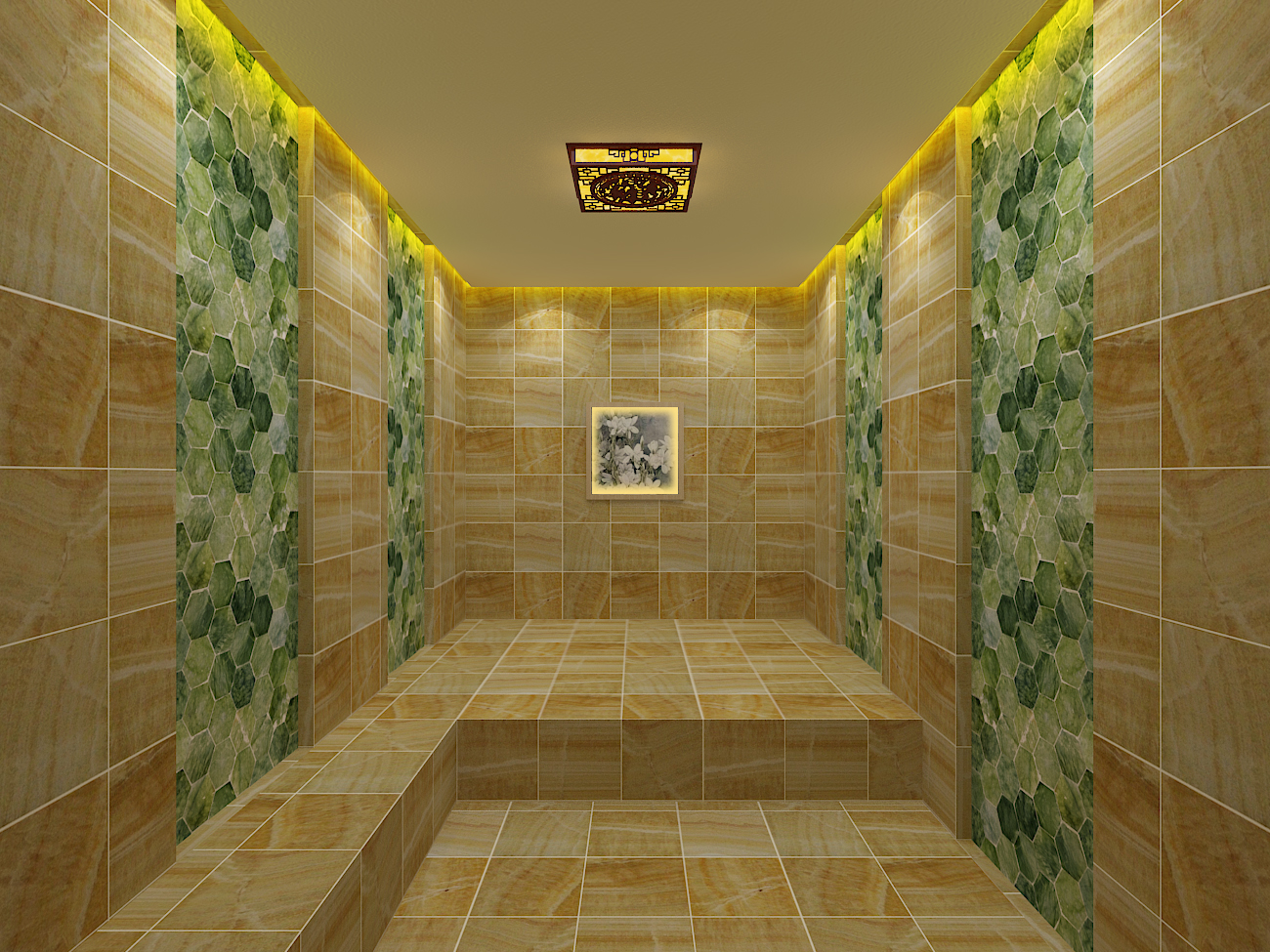
Saunas are a popular way to relax and unwind, and the choice of materials for building a sauna room is crucial. Two commonly considered woods for sauna construction are cedar and hemlock, and in this article, we will explore how they compare in terms of moisture resistance.
Cedar has long been favored for its exceptional moisture-resistant properties. One of the key reasons for this is its natural oils. These oils act as a barrier, repelling moisture and preventing it from penetrating deeply into the wood. This inherent characteristic makes cedar highly resistant to warping, splitting, and rotting when exposed to the high humidity levels typical in a sauna environment.
The cellular structure of cedar also contributes to its moisture resistance. It has a relatively tight grain, which further impedes the movement of water molecules through the wood. This not only helps maintain the integrity of the wood over time but also reduces the likelihood of mold and mildew growth. Cedar's durability in moist conditions means that a sauna room built with cedar can have a longer lifespan, providing years of enjoyable use with minimal maintenance required to address moisture-related issues.
Moreover, cedar has a pleasant aroma that is often enhanced when exposed to heat, adding to the overall sauna experience. This natural fragrance can also have some antibacterial properties, which can be an added bonus in a humid environment where bacteria can thrive.
Hemlock, on the other hand, also offers decent moisture resistance. While it may not possess the same high level of natural oils as cedar, it has its own characteristics that make it suitable for sauna rooms. Hemlock has a relatively uniform texture and a straight grain, which allows it to handle moisture in a more consistent manner. It is less likely to develop sudden cracks or deformations due to changes in humidity.
In terms of strength, hemlock is comparable to cedar and can withstand the structural demands of a sauna room. It can hold up well against the heat and moisture, maintaining its shape and stability. Although it may not be as inherently resistant to moisture as cedar, with proper treatment and maintenance, hemlock can perform well in a sauna environment. For example, when treated with appropriate sealants and finishes, hemlock can effectively resist moisture penetration and protect against the negative effects of humidity.
When comparing cedar and hemlock in terms of moisture resistance for sauna rooms, it's important to note that cedar has an edge due to its natural oils and tighter grain. However, hemlock can still be a viable option with the right precautions. If budget is a concern, hemlock may be a more affordable alternative while still providing reasonable moisture resistance. But for those who prioritize long-term durability and minimal maintenance related to moisture, cedar might be the better choice.
Another factor to consider is the aesthetic appeal. Cedar has a distinct reddish-brown color and a beautiful grain pattern that gives a warm and inviting look to the sauna room. Hemlock, with its lighter color and more uniform appearance, offers a different aesthetic that some may prefer.

